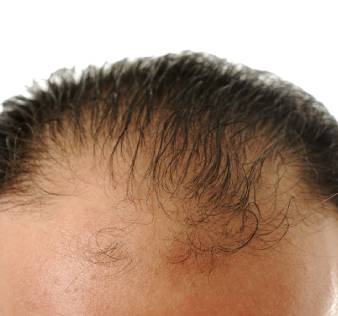
Life might not be perfect, but your hair can be! It’s okay to be a little obsessed with your hair, but what if baldness hinders your good looks? Don’t worry, Dr Satya Saraswat offers a full ultra-modern package of hair transplantation services where multiple tiny grafts are inserted to a patient’s recipient area to bring back hair.
How does the transplant take place?
Dr Satya Saraswat provides extensive information about the queries raised by the patients. A detailed and thorough history of key complaints is taken before undergoing an in-depth analysis of the following:
– Scalp hair in the Intermediate, Vellus, and Terminal stage.
– Prospects of hair transplant in the patient concerned. The percentage of hair that will receive help from the transplant and the percentage that will inevitably fall off.
– Expected hair thickness in the region of transplantation.
The patient’s consent is sought and extraordinary heed is paid to-
– An uneven and wavy interior that delivers a natural finish to the hairline.
– A soft and hazy approach to the anterior transition zone of the transplanted area to progressively construct a natural density.
– The final touch of naturality through a good mid-frontal forelock.
The patient is provided with a comprehensive set of information and guidelines to be followed before and post the hair transplantation
Anaesthesia
Dr Satya Saraswat observes the reliable practice of carrying out ring block anaesthesia. Local anaesthetics are injected to anaesthetize a 31-gauge needle area. Patients are well looked after and the slightest of pain from the pricks are minimized using Blaine’s vibrator device.
Graft Extraction is administered in either of the two forms – FUE and FUT. Graft Implantation and Slit Making methods are the same for every patient.
Dr Saraswat has expertise in all facets of hair restoration practices and offers both FUE and FUT to the patients. The choice between the two rests upon the assessment and understanding of the patient.
Skimming the FUE (Follicular Unit Extraction) technique
FUE is the latest leading hair transplantation procedure of removing separate follicular grafts from the scalp. A round and small punch device of 0.75mm to 1.3mm size draw out Follicular Units making use of a specialised motorized low-torque machine.
Identification and Importance of a Donor Zone
Safe Donor Zones are the hair on your scalp which remains unaffected by the Androgenetic Alopecia pattern of hair loss. They hold their original quality and remains sturdy, maintaining their health when transplanted to the frontal scalp or any other region.
Advantages of a manual FUE procedure over other automated methods-
The donor pool expands in a manual procedure since it provides the physician with personal insight and the power to borrow grafts from different areas of the body.
Ins and Outs of a successful FUE procedure:
— The donor site looks perfect even after borrowing a fair amount of grafts.
— The recipient site bears a satisfactory hairline tailored for your face. The hair is dense, especially in the mid frontal region. The hairline waves and sits with a natural angulation.
Skimming the FUT (Follicular Unit Transplantation) technique
The term Follicular Unit Transplantation (FUT) bears the idea of cutting strips of hair-growing scalp from the back of the head into thin flakes, and a further division into individual follicular units to be transplanted in the recipient area.
It is a relatively older technique which has witnessed a couple of advancements-
— A laxo meter can help in measuring the skin laxity of a patient by deriving a 1 cm wide strip of skin from the mid occipital region. The surgeon can, therefore, confirm enough elasticity of the skin to proceed further.
— Trichophytic Closure: An efficient practice of stitching the upper and lower ends of the scalp to let the hair grow out through them and make the thin transplantation scar subtle and unnoticeable.
— Modified FUT technique by Dr Saraswat: The technique was introduced in October 2016 at the 24th World Congress of the International Society of Hair Restoration Surgery, Las Vegas, the USA by Dr Satya Saraswat, himself. It demonstrates the technique of extracting strips that involve minimal bleeding and lesser efforts. Furthermore, this technique carefully safeguards the underlying neurovascular bundles.